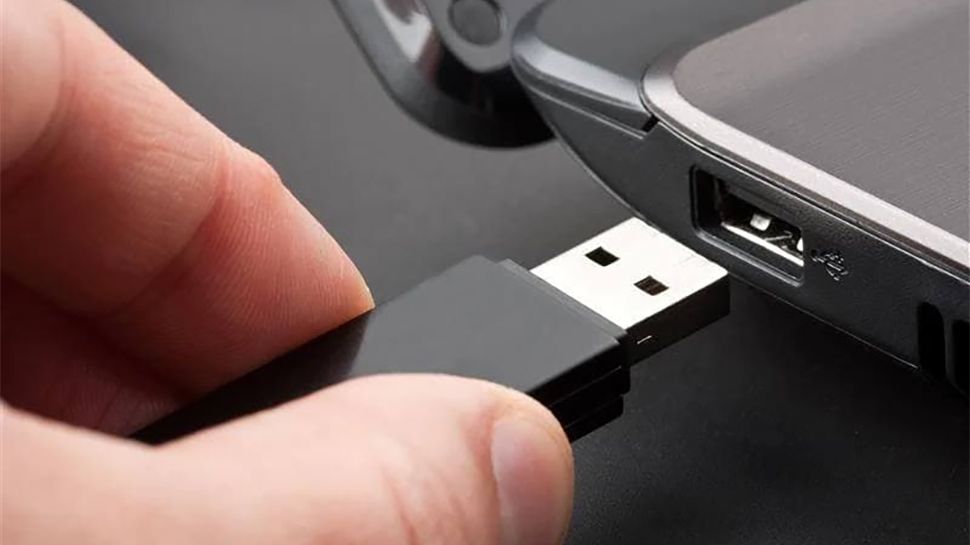L&LD
Part of the Furniture

More and more USB sticks and microSD cards are being made with dubious components — data recovery firm uncovers no-name, low-quality NAND inside many devices
Nameless NAND chips everywhere.
Spend within a right-sized budget, always buy quality, and ignore the temptation to claim 'best price!' on things of importance, and you'll more than likely (only) buy once.
And yes, our digital tools are important.

